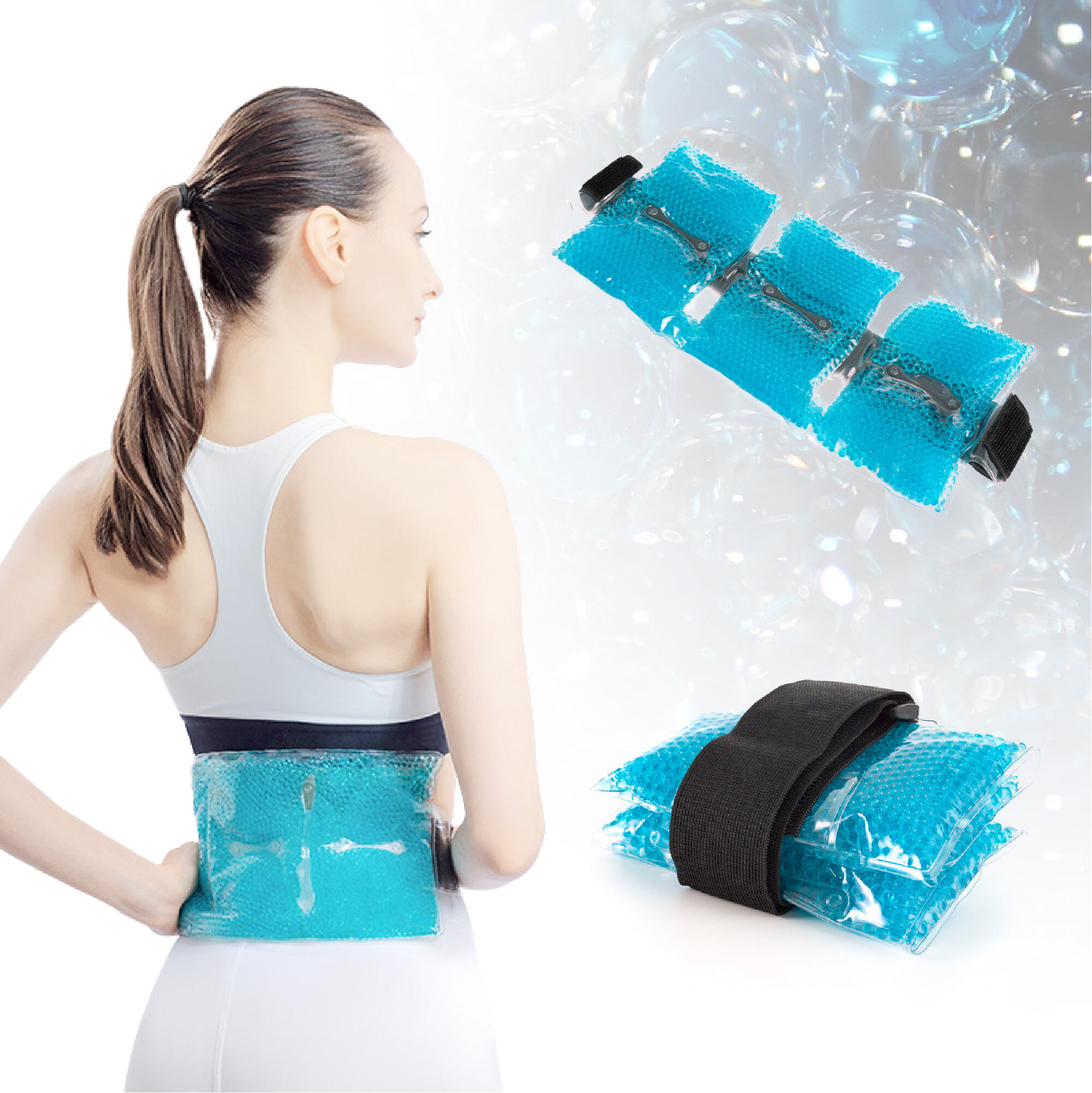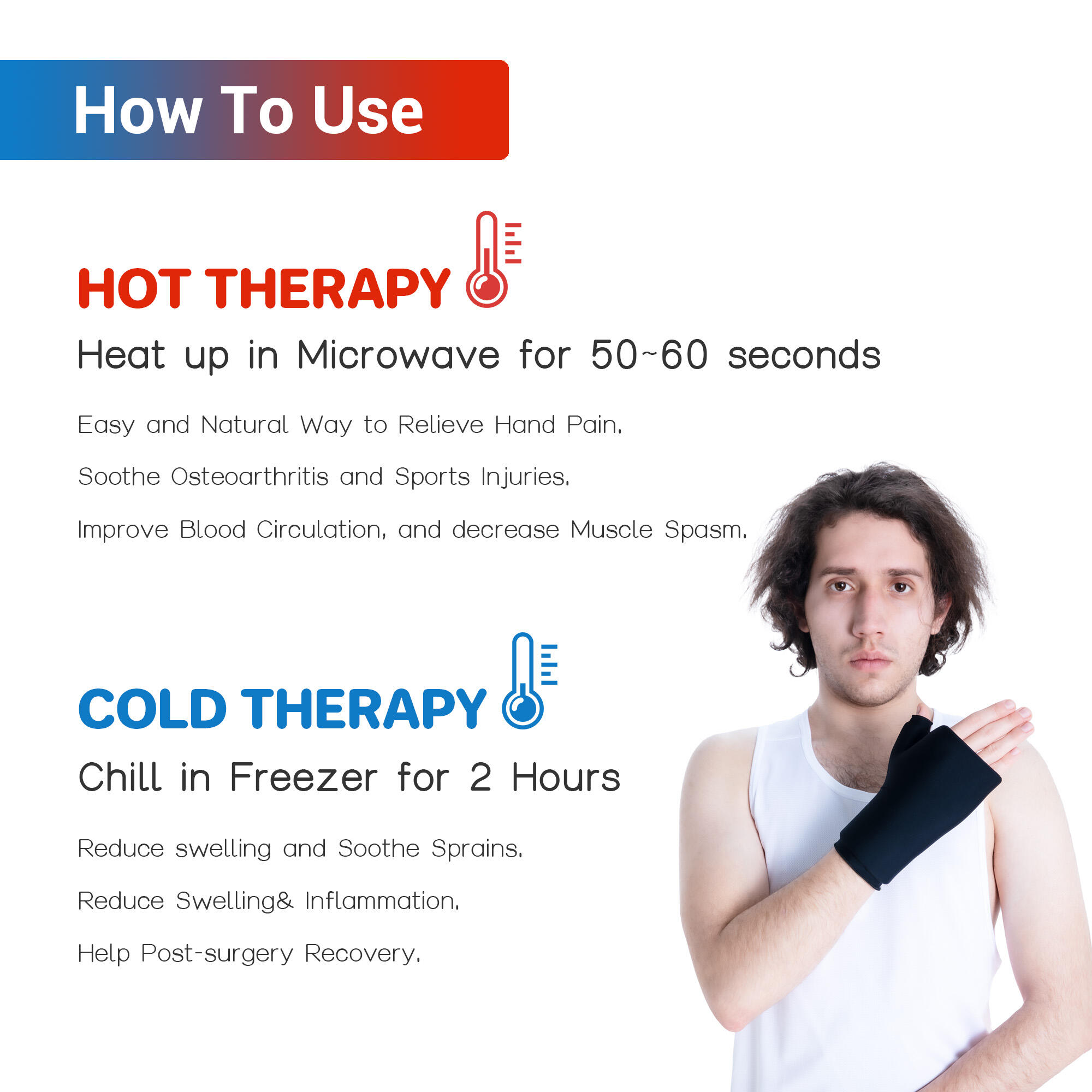Understanding Modern Cold Therapy Solutions
The evolution of cold therapy has brought us innovative solutions that combine convenience with therapeutic benefits. Reusable cold packs have become increasingly popular among healthcare professionals, athletes, and everyday users seeking reliable pain relief and injury management. These versatile therapeutic tools represent a significant advancement over traditional ice applications, offering controlled temperature delivery and enhanced user safety.
The growing demand for reusable cold packs reflects their practical advantages and therapeutic effectiveness. From post-workout recovery to injury management, these medical devices provide consistent cooling without the mess and inconvenience of traditional ice methods. Understanding their proper use and benefits can help you make informed decisions about incorporating them into your wellness routine.
The Science Behind Reusable Cold Packs
Advanced Cooling Technology
Reusable cold packs utilize specialized gel formulations that maintain lower temperatures longer than conventional ice. These advanced materials consist of non-toxic compounds specifically engineered to remain flexible even when frozen, allowing the pack to conform to body contours effectively. The thermal properties of these gels enable controlled release of cold therapy, preventing tissue damage while maximizing therapeutic benefits.
The internal composition typically includes a combination of water, propylene glycol, and other stabilizing agents that work together to create an optimal cooling effect. This carefully balanced formula ensures that reusable cold packs maintain their flexibility and effectiveness through numerous freeze-thaw cycles.
Temperature Regulation Mechanisms
Modern reusable cold packs incorporate sophisticated temperature regulation features that help maintain safe therapeutic temperatures. The specialized gel compounds are designed to release cold gradually, preventing the shock of sudden extreme cold that can occur with direct ice application. This controlled release system helps protect sensitive tissues while delivering effective cold therapy.
The outer layer of quality reusable cold packs typically includes insulating materials that protect the skin while allowing optimal cold transfer. This design ensures consistent temperature distribution and prevents localized freezing that could potentially damage tissues.
Safety Considerations and Best Practices
Proper Application Guidelines
Using reusable cold packs safely requires attention to several key factors. Always place a thin barrier, such as a towel or cloth, between the cold pack and your skin to prevent direct contact that could lead to tissue damage. Limit application sessions to 15-20 minutes at a time, allowing the skin to return to normal temperature between treatments.
Monitor the treatment area regularly for signs of excessive cooling, such as numbness or skin discoloration. If any unusual sensations occur, remove the cold pack immediately. Maintaining proper usage intervals helps prevent potential cold-induced injury while maximizing therapeutic benefits.
Storage and Maintenance
Proper storage significantly impacts the safety and longevity of reusable cold packs. Store them flat in the freezer, avoiding contact with sharp objects that could compromise the outer casing. Regularly inspect the pack for signs of wear or damage, especially checking for leaks or changes in gel consistency.
Clean the exterior surface with mild soap and water between uses, ensuring thorough drying before returning to storage. This maintenance routine helps prevent bacterial growth and maintains the pack's integrity for continued safe use.
Therapeutic Benefits and Applications
Athletic Recovery Enhancement
Athletes particularly benefit from reusable cold packs for post-exercise recovery and injury prevention. The controlled cooling helps reduce inflammation and muscle soreness after intense training sessions. When applied promptly after activity, these packs can help minimize recovery time and support optimal performance preparation.
Professional sports teams regularly incorporate reusable cold packs into their recovery protocols, recognizing their effectiveness in maintaining athlete health and performance levels. The convenience and reliability of these packs make them essential tools in athletic training facilities and rehabilitation centers.
Medical and Therapeutic Uses
Healthcare professionals frequently recommend reusable cold packs for managing various conditions, from acute injuries to chronic pain conditions. Their effectiveness in reducing swelling, inflammation, and discomfort makes them valuable tools in both clinical settings and home care situations.
The controlled temperature delivery of reusable cold packs makes them particularly suitable for post-surgical recovery and chronic condition management. Their consistent cooling properties help patients maintain recommended cold therapy protocols with greater comfort and convenience than traditional ice applications.

Environmental and Economic Impact
Sustainability Benefits
Reusable cold packs contribute significantly to environmental sustainability by reducing the need for disposable ice packs and plastic bags filled with ice. Their long-term durability means fewer materials end up in landfills, supporting eco-conscious healthcare practices. Each reusable pack can replace hundreds of single-use alternatives over its lifetime.
The manufacturing processes for modern reusable cold packs increasingly incorporate recyclable materials and environmentally responsible production methods. This commitment to sustainability extends throughout the product lifecycle, from production to eventual disposal.
Cost-Effectiveness Analysis
While the initial investment in quality reusable cold packs may be higher than disposable alternatives, the long-term cost savings are substantial. Regular users can save significantly over time by eliminating the need for constant purchases of single-use ice packs or ice bags. The durability and reusability of these packs make them economically advantageous for both individual users and healthcare facilities.
Professional environments particularly benefit from the cost-effectiveness of reusable cold packs, as they can withstand frequent use while maintaining their therapeutic properties. The reduction in storage space requirements and waste management costs adds to their economic benefits.
Frequently Asked Questions
How long do reusable cold packs maintain their temperature?
Quality reusable cold packs typically maintain effective therapeutic temperatures for 20-30 minutes of application time. The exact duration depends on factors such as room temperature, body heat, and the specific design of the cold pack. Most packs require approximately 4-6 hours of freezing time between uses to regain optimal cooling properties.
Can reusable cold packs cause frostbite?
When used properly with a protective barrier between the pack and skin, and following recommended application times, reusable cold packs are designed to prevent frostbite. However, direct contact with frozen packs or extended application times can potentially cause tissue damage. Always follow usage guidelines and monitor the treatment area during application.
What is the average lifespan of a reusable cold pack?
With proper care and storage, high-quality reusable cold packs can last 1-2 years or longer. Regular inspection for wear, proper cleaning, and following storage guidelines can help extend their useful life. The durability varies by manufacturer and usage frequency, but most quality packs maintain their effectiveness through hundreds of freeze-thaw cycles.

